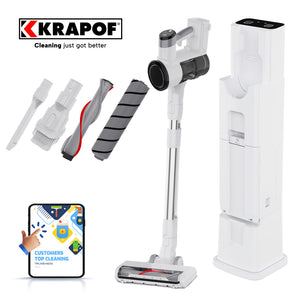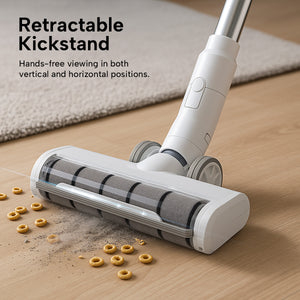Hearing aids are expensive due to several factors that contribute to their overall cost. Here are some key reasons:
1. Research and Development (R&D)
- Innovation: Hearing aid manufacturers invest heavily in research and development to create advanced technology that can deliver better sound quality, noise reduction, and other features. This includes developing algorithms for sound processing and improving connectivity with other devices.
- Miniaturization: Designing powerful technology that fits into a tiny device requires significant engineering and innovation.
2. Customization and Personalization
- Custom Fit: Many hearing aids are custom-molded to fit the user's ear, which requires specialized manufacturing processes.
- Individual Programming: Hearing aids are often programmed and adjusted to the specific hearing needs of the individual, requiring professional expertise and time.
3. Professional Services
- Audiologist Fees: The cost includes consultations, hearing tests, fitting sessions, and follow-up appointments with audiologists.
- Ongoing Support: Continuous support for adjustments, maintenance, and repairs is often included in the price.
4. Technology and Features
- Advanced Features: Modern hearing aids come with a variety of advanced features such as Bluetooth connectivity, rechargeable batteries, directional microphones, and smartphone integration, which add to the cost.
- Sound Quality: High-quality sound processing capabilities to improve speech understanding in noisy environments, reduce feedback, and provide a more natural listening experience.
5. Manufacturing and Quality Control
- High Standards: Hearing aids are medical devices that must meet stringent regulatory standards for safety and efficacy, which increases production costs.
- Quality Materials: Durable and high-quality materials are used to ensure the longevity and reliability of the devices.
6. Market Size and Competition
- Niche Market: The market for hearing aids is relatively small compared to consumer electronics, limiting economies of scale.
- Limited Competition: The hearing aid market is dominated by a few major manufacturers, which can keep prices high.
7. Warranty and After-Sales Service
- Extended Warranties: Many hearing aids come with extended warranties covering repairs and replacements, which add to the upfront cost.
- Service Plans: Comprehensive service plans that include routine maintenance and support are often bundled with the purchase.
Cost Breakdown
Here's a typical breakdown of what you're paying for when you buy hearing aids:
- Device Cost: About 30-40% of the total cost goes towards the physical device itself.
- Professional Services: Another 30-40% covers the audiologist's services, including fitting, adjustments, and follow-ups.
- Research and Development: Around 10-20% goes towards the company's R&D to continue innovating and improving hearing aids.
- Marketing and Administration: The remaining 10-20% covers the company's marketing efforts, administration, and overhead costs.
Understanding these factors helps explain why hearing aids are priced as they are, reflecting the complex technology, personalized services, and regulatory requirements involved.
 Discounts are applied at checkout
Discounts are applied at checkout
































